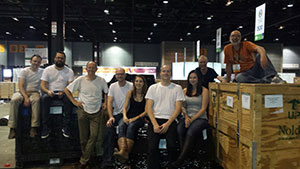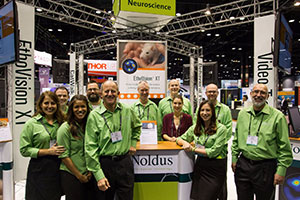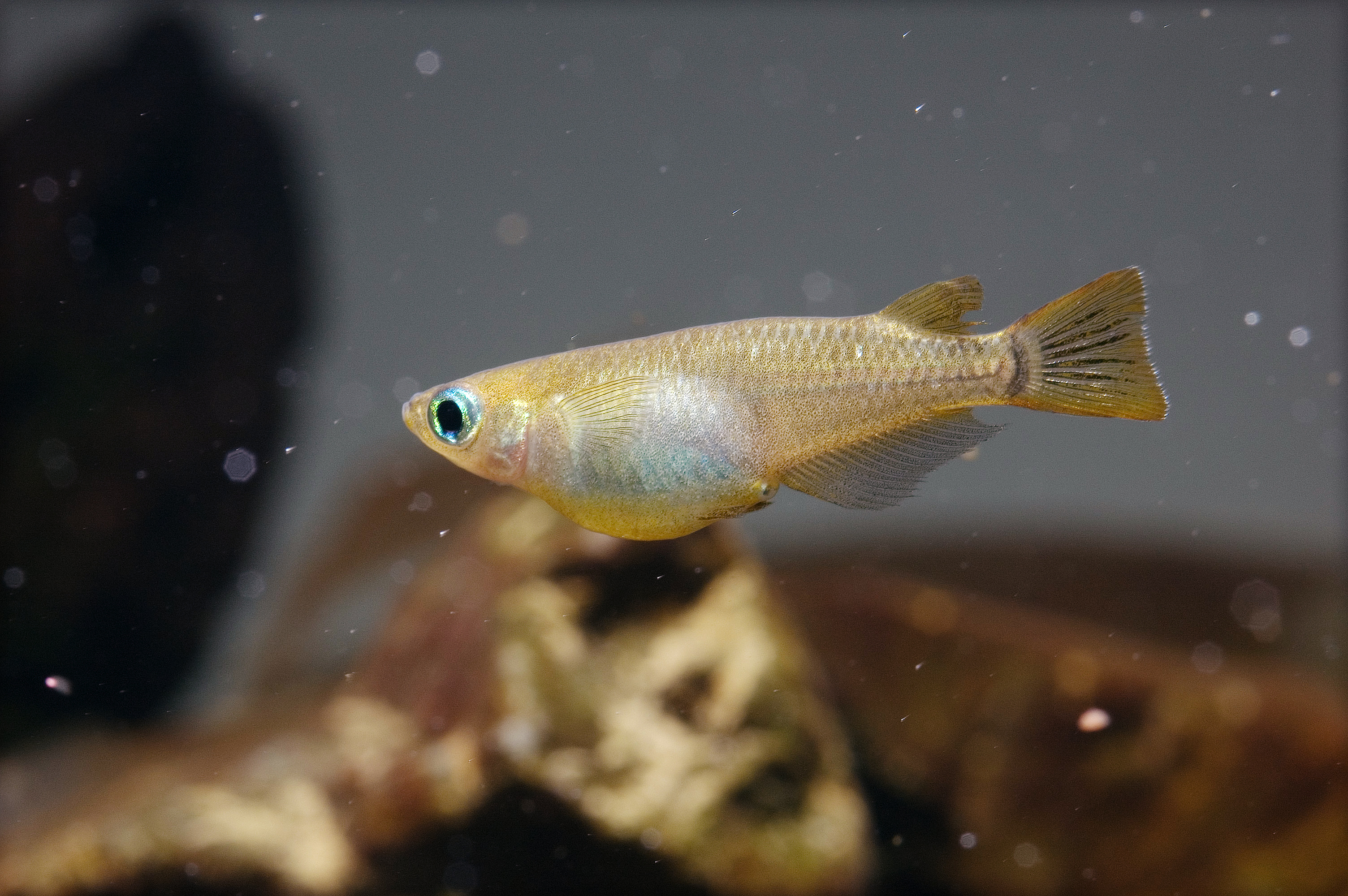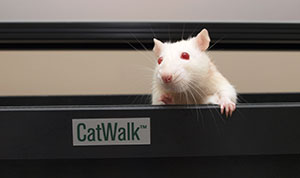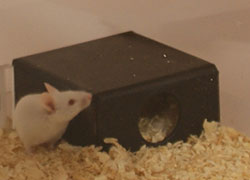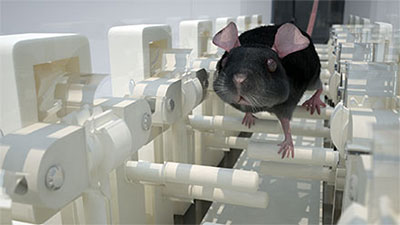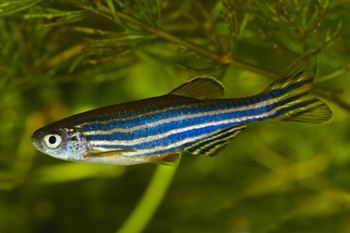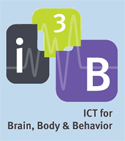Wednesday, October 21st – I have been talking to so many interesting people around here. Not just researchers, but other vendors as well, such as our partner company Inscopix. It was great meeting some of the people from the company that made an important contribution to the research presented at our satellite symposium on Monday. I think there is a bright future ahead in combining live brain imaging with video tracking technology and I hope to be reporting about it more in the near future.
G. Smit
Recent Posts
Topics: mice, Alzheimer's disease, zebrafish, Danio rerio, home cage, PhenoTyper, 2015, conferences, SfN
Tuesday, October 20th – I never thought I would be saying this by day three, but I am actually kind of getting used to how this works. I am absorbing all of the information like a sponge and it is apparently quite a big sponge, because I am ready to absorb more!
Topics: EthoVision XT, Danio rerio, optogenetics, PhenoTyper, 2015, neuroscience, SfN
Monday, October 19th - After my “baby steps” at my first Neuroscience meeting on Sunday, it was time for some running action. Well, honestly, I wasn’t really running around, but I do feel like I walked a marathon. I was set on seeing all the posters today; with two sessions a day, I walked down all those aisles twice. (Can you tell I am kind of proud of myself? I am totally doing this again tomorrow).
Topics: EthoVision XT, optogenetics, 2015, neuroscience, conferences, SfN
Sunday, October 18th - After helping out my colleagues set up the booth on Saturday, Sunday was my first ‘actual’ SfN day. As a first-timer, I tried to prepare for Neuroscience 2015, but quickly found that you really cannot. It is overwhelming – in a good way. It is like a playground for scientists and anyone interested in what goes on in the brain. And even though there are enough people here to fill a city, it feels like a welcoming community.
Spending the energy
There is so much going on, that it’s hard to decide what booth to see, which lecture to go to, or which poster to visit.
Topics: EthoVision XT, Danio rerio, DanioVision, CatWalk XT, PhenoTyper, ErasmusLadder, automated tube test, 2015, neuroscience
By now, we are all familiar with the zebrafish as a model species. It has many advantages over rodent models and thus has complemented and/or replaced many studies that use the traditional mouse or rat. But today, let’s talk about another fish: the Japanese medaka (Oryzias latipes). It has much in common with the zebrafish, such as external embryogenesis and transparency in early life stages, and genetically speaking is also complementary to zebrafish (see Porazinski et al., 2011).
Topics: EthoVision XT, Video tracking, ecotoxicology, medaka
In a recent blog post, we talked about letting animals walk freely in gait research.
At Noldus, we strongly believe that this is the way to go in gait research, so our CatWalk XT system makes use of free gait. This is consistent with the constant feedback from, and collaborations with, scientists who actually perform gait, locomotor, or pain research.
Topics: rats, CatWalk XT, gait analysis, locomotion
Mice in the spotlight: why you should perform your tests in a home cage
Posted by G. Smit on Aug 6, 2015
Mouse models have proven to be essential in discovering the neurological underpinnings of diseases and to the development of a deeper understanding of genotype-phenotype relations. Behavioral phenotyping of these mice is very important, evidenced by the variety of tests that have been described in literature. Unfortunately, many of these tests are susceptible to bias, for example, testing in a novel environment. Bias can also result from handling animals prior to the tests, which can induce artificial behaviors that confound results.
Topics: EthoVision XT, mice, Video tracking, learning and memory, anxiety research, home cage, PhenoTyper
Myelination, the ‘ensheathment’ of neurons, is essential to the functioning of the central and peripheral nervous systems. So it is not surprising that problems with myelination can lead to a number of crippling diseases. Known examples include multiple sclerosis and other neurodegenerative autoimmune diseases.
Topics: mice, CatWalk XT, gait analysis, locomotion
Gait and motor performance are studied extensively in neuroscience research, which is not surprising when you come to think of it, because it is affected in many neurological diseases. Ataxia is a common problem in Parkinson’s disease (PD), and many early onset Alzheimer’s disease patients (AD) also deal with it. Motor skills are also affected in patients with autism spectrum disorders (ASD) and attention deficit hyperactivity disorder (ADHD).
Topics: Alzheimer's disease, Parkinson's Disease, gait analysis, ErasmusLadder, motor learning, reflexive motor learning, motor performance, cerebellum, motor control
3 studies to get you in the mood for the European Zebrafish Meeting in Oslo
Posted by G. Smit on Jun 26, 2015
It is almost time for the 9th European Zebrafish Meeting in Oslo, Norway! So here are a couple of recent publications on zebrafish research to get you in the mood.
Topics: EthoVision XT, Video tracking, zebrafish, Danio rerio, DanioVision, anxiety research, novel tank test, shoaling behavior




